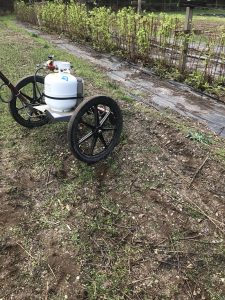This past weekend I decided to do a solo hike in the Cascades. When I’m hiking by myself, I like to find trails that are heavily trafficked, but still pretty difficult – Mailbox Peak is just perfect for that! This hike is just an hour and 40 minutes from Olympia, and is just East of Seattle in case you want to get a bite to eat after hiking 😉

Looking into the Cascades from the top.
The trail is about 10 miles there and back and features pretty steep switchbacks all the way up the mountain. The last mile and a half is pretty brutal because the switchbacks end and you have to walk straight upwards to the peak, but the view at the end is so worth it. On a clear day, you can see the Olympics on one side, the Cascades on the other, and Rainier towering right in front of you. The peak also features nice rocks to sit down on and recover from the journey, so I highly suggest bringing a snack to refresh with.
The hike gets its name due to the mysterious old mailbox that appeared there many years ago. Now, people use it as sort of a ‘shrine’ to the mountain. You can find anything from stickers from other national parks, to trinkets, to food stuck in the mailbox as a way of giving thanks for the beautiful view. The mailbox is actually known to go missing every now and again, but always mysteriously reappears.
Hiking culture here on the West Coast of Washington is always super friendly and I end up making lots of buddies when I go alone. There are lots of people from the city who like to spend their weekends out enjoying nature, so I expect to have many nice conversations when I head out into the mountains. There are, however, many trails around here that are less frequented if you are the kind who likes to use hiking as a way to get away from the world too!






















